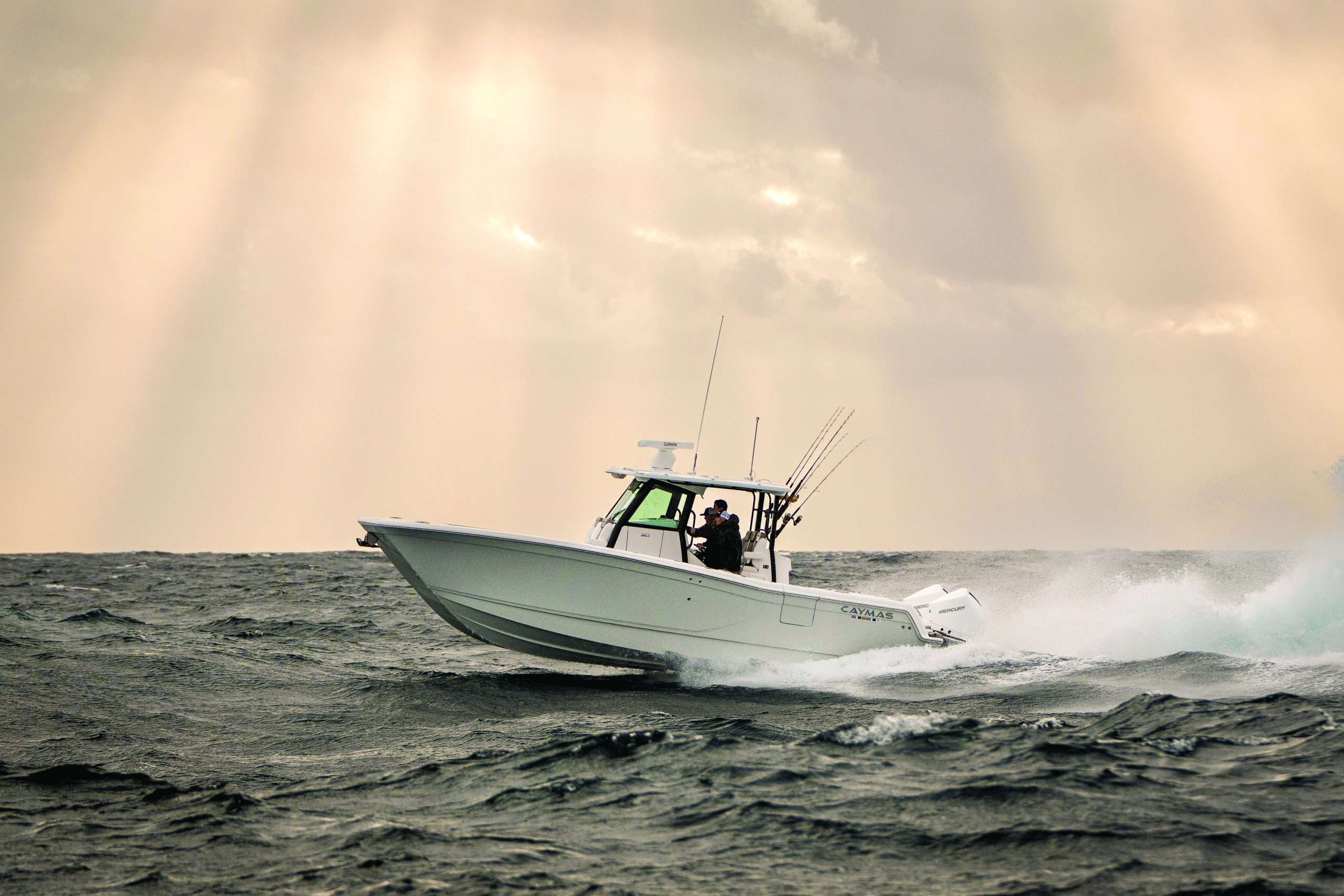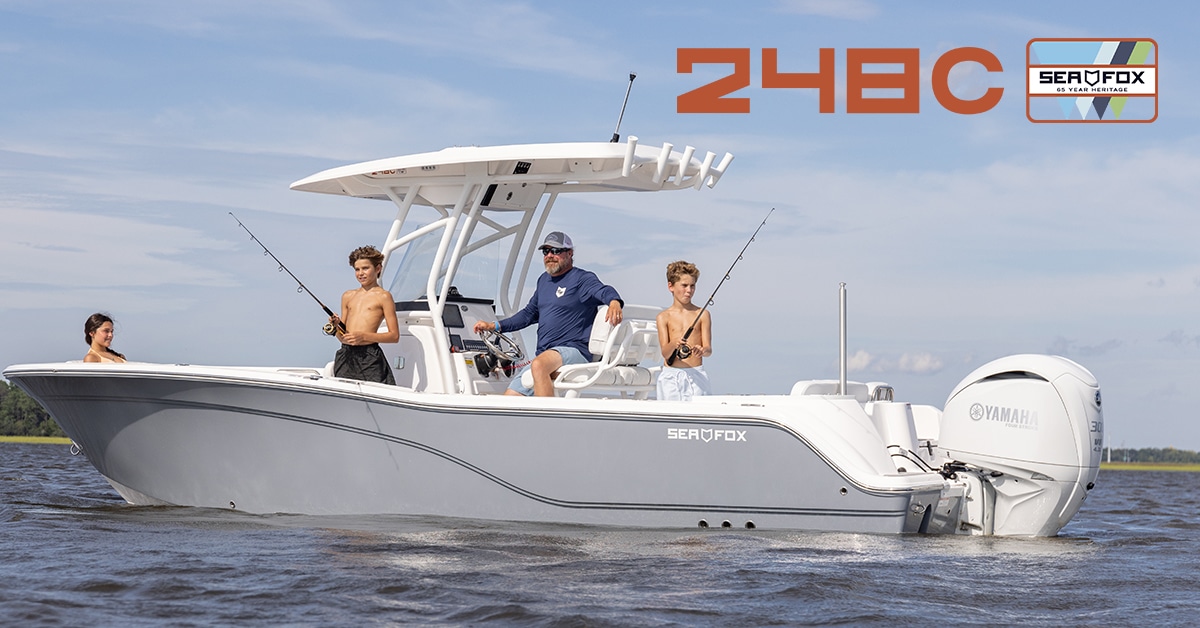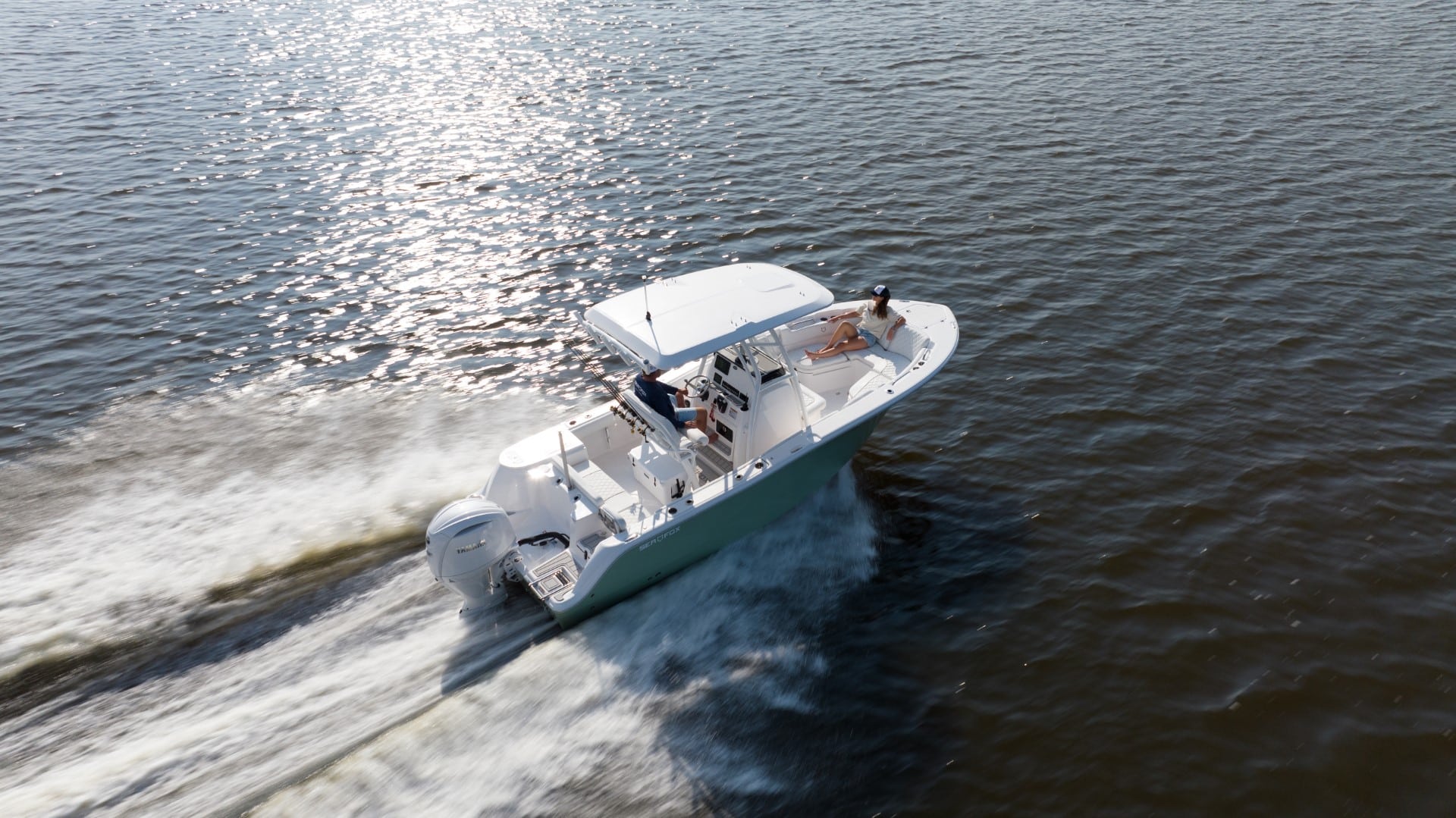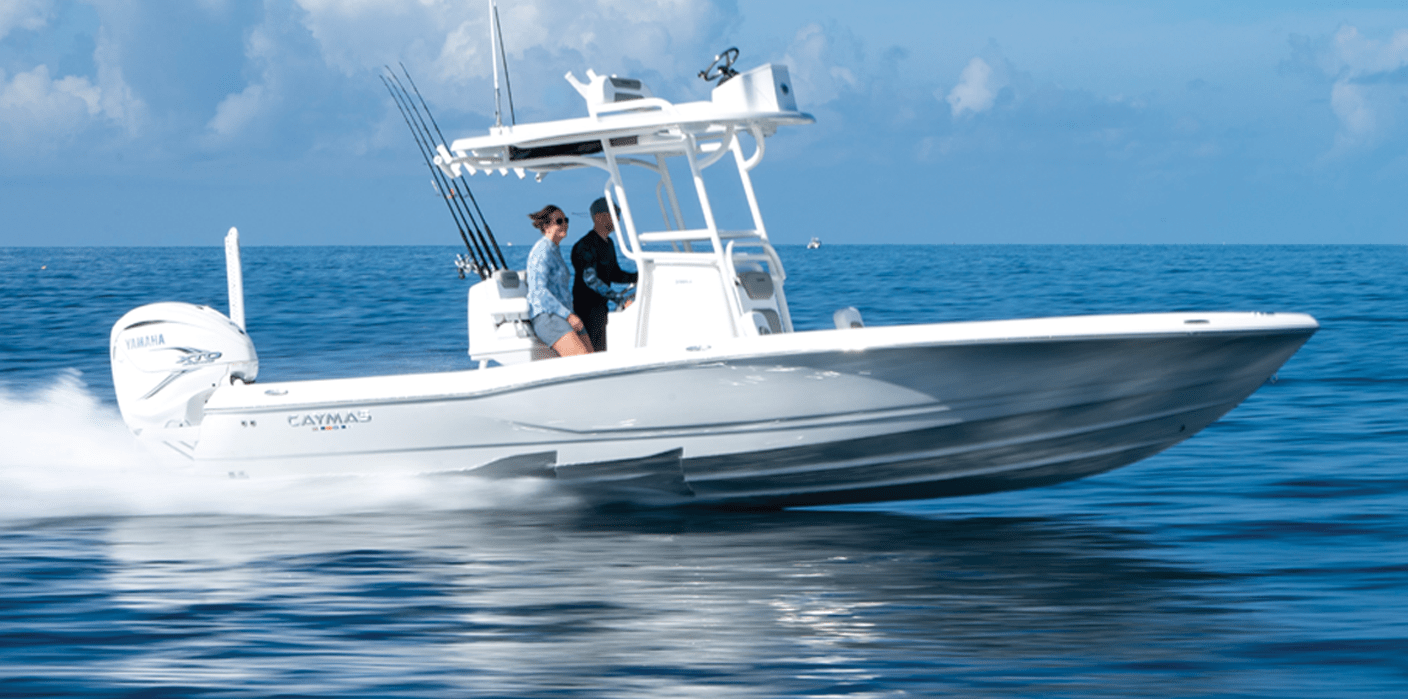Rising fuel costs have boat owners searching for ways to maximize every gallon. Whether you’re a weekend cruiser or a serious angler, improving your boat fuel efficiency can save hundreds of dollars per season while reducing your environmental footprint.
The good news? Small changes in maintenance, operating habits, and planning can dramatically improve your fuel consumption. Let’s explore eight proven strategies that will help you spend less time at the fuel dock and more time enjoying the water.
1. Keep Your Boat Well-Maintained for Better Fuel Efficiency
Regular maintenance is the foundation of boat fuel efficiency. A well-tuned engine burns fuel more completely and operates at peak performance.
Essential Maintenance Tasks
Schedule regular engine tune-ups every 100 hours or annually, whichever comes first. Replace spark plugs, change engine oil, and swap out fuel filters as recommended by your manufacturer. These simple tasks ensure your engine runs cleanly and efficiently.
Your propeller deserves attention too. Even small dings and dents create turbulence that increases drag. Have your prop inspected and repaired by a marine professional. Additionally, ensure you’re using the correct propeller pitch for your boat and typical load.
Hull cleanliness makes a massive difference. Marine growth like barnacles and algae creates drag that forces your engine to work harder. Clean your hull regularly and consider applying quality anti-fouling paint to prevent buildup.
2. Manage Weight to Improve Boat Fuel Efficiency
Every extra pound on your boat requires more fuel to move. Think of your boat like your car—the heavier the load, the worse the fuel economy.
Remove gear you don’t need for each trip. That extra anchor, old life jackets, and fishing equipment you haven’t used in years all add unnecessary weight. Store them at home or in dock storage instead.
Distribute weight evenly throughout your vessel. Improper weight distribution affects your boat’s trim and forces the engine to compensate, burning extra fuel in the process.
Consider your fuel and water tanks too. While you need enough for your trip with a safety margin, carrying completely full tanks when unnecessary adds significant weight. Plan your fuel loads strategically based on your destination and expected conditions.
3. Find Your Boat’s Optimal Speed for Fuel Efficiency
Speed dramatically impacts boat fuel efficiency. Understanding your vessel’s “sweet spot” can cut fuel consumption by 30% or more.
The Speed-Fuel Consumption Relationship
Fuel consumption increases exponentially with speed, not linearly. Going from 25 to 35 mph might double or triple your fuel burn rate. Most boats have an optimal cruising speed where they achieve maximum miles per gallon.
For planing hulls, this sweet spot typically occurs just as the boat gets on plane or slightly above. For displacement hulls, it’s usually around hull speed. Experiment with different speeds while monitoring your fuel flow meter to find where your boat runs most efficiently.
Maintain consistent throttle settings rather than constantly adjusting speed. Smooth, steady operation burns less fuel than frequent acceleration and deceleration. Use cruise control if your boat has this feature.
4. Master Trim and Planing Techniques
Proper trim adjustment is one of the most overlooked aspects of boat fuel efficiency. Running with incorrect trim wastes fuel and strains your engine.
How to Optimize Your Trim
As you accelerate and reach planing speed, gradually adjust your trim tabs and outboard trim to find the optimal running angle. Your boat should ride level or with the bow slightly elevated, but not “porpoising” or bouncing.
When trimmed correctly, your boat cuts through water efficiently with minimal resistance. Too much bow-up trim creates excessive drag, while too much bow-down trim pushes water and increases resistance.
Adjust your trim based on sea conditions, passenger load, and fuel levels. What works perfectly with a full tank and four passengers will need adjustment when you’re running light on the return trip.
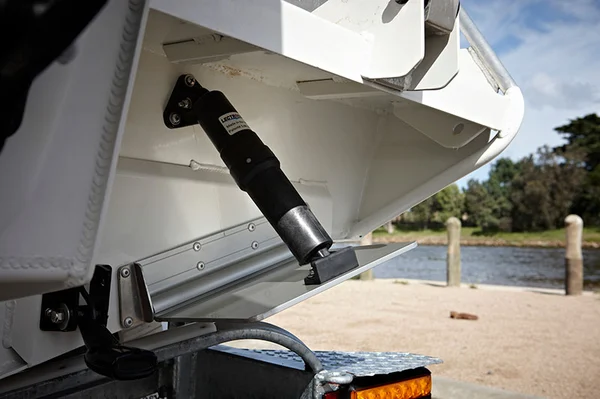
5. Plan Your Routes for Maximum Efficiency
Smart route planning improves boat fuel efficiency before you even start your engine.
Monitor weather forecasts and sea conditions before departing. Running into heavy waves and wind dramatically increases fuel consumption. When possible, schedule trips during calmer conditions or choose protected routes.
Work with tides and currents rather than against them. A two-knot current can make an enormous difference in your actual fuel efficiency. Plan your departure times to take advantage of favorable tidal flows.
Use modern navigation tools to find the most efficient path to your destination. Sometimes a slightly longer route through calmer, protected waters burns less fuel than the shortest distance through rough conditions.
6. Leverage Technology to Monitor Fuel Consumption
You can’t improve what you don’t measure. Modern technology makes tracking boat fuel efficiency easier than ever.
Useful Technology Tools
Install a fuel flow meter if your boat doesn’t have one. These devices show real-time fuel consumption and help you identify your most efficient operating parameters. Many modern displays show miles per gallon, making it easy to optimize your cruising speed.
GPS chartplotters track your actual speed over ground versus through water. This information helps you see how currents and conditions affect your efficiency.
Engine monitoring systems alert you to problems before they become expensive. Early warning of issues like overheating, low oil pressure, or failing sensors helps you maintain peak efficiency.
Several smartphone apps now help boat owners track fuel consumption, costs, and efficiency trends over time. These tools make it easy to see how maintenance and habit changes impact your bottom line.
7. Develop Fuel-Efficient Operating Habits
How you operate your boat matters as much as its condition. Small habit changes add up to significant savings over a season.
Accelerate smoothly rather than aggressively. Jamming the throttle forward creates a huge momentary fuel demand. Gradual acceleration gets you on plane while burning less fuel.
Minimize excessive idling. While proper warm-up is important, letting your engine idle unnecessarily at the dock or while drifting wastes fuel. Modern marine engines don’t require extended warm-up periods.
Anticipate stops and slow down gradually. This conserves momentum and reduces the fuel needed for the next acceleration.
When conditions allow, shut down your engine rather than idling for extended periods. This is especially relevant when anchored or waiting at locks.
8. Consider Your Boat’s Design and Engine Match
Some boat fuel efficiency factors relate to your vessel’s fundamental design. While you can’t change your current boat’s hull shape, understanding these principles helps when considering upgrades or your next purchase.
Hull design significantly impacts efficiency. Deep-V hulls handle rough water well but create more resistance than flatter designs. Catamarans and tunnel hulls often achieve better fuel economy than traditional monohulls of similar size.
The Stepped Hull Advantage for Fuel Efficiency
One of the most innovative hull designs for improving boat fuel efficiency is the stepped hull. This advanced design features one or more horizontal steps on the hull bottom that create air pockets beneath the running surface.
These air pockets reduce the wetted surface area—the amount of hull actually touching the water—which dramatically decreases drag and friction. The result? Improved top-end speed and significantly better fuel economy, especially at higher cruising speeds.
Caymas Boats has embraced this technology across their lineup, incorporating stepped hull designs that deliver exceptional fuel efficiency without sacrificing performance or ride quality. Their engineering focuses on creating the optimal balance between speed, efficiency, and the stable, dry ride that serious anglers demand.
The benefits of Caymas’ stepped hull design include:
- Reduced fuel consumption at cruising speeds by 15-25% compared to traditional hulls
- Faster time to plane, requiring less throttle and fuel during acceleration
- Higher top speeds with the same horsepower, giving you more range options
- Better performance in rough water while maintaining efficiency
- Shallower draft capabilities, allowing access to more fishing spots
If you’re in the market for a new boat and boat fuel efficiency is a priority, stepped hull designs like those featured in Caymas Boats represent cutting-edge marine engineering. At Black Label Marine Group, we can show you firsthand how this technology translates to real-world fuel savings.
Engine size should match your boat’s weight and intended use. An oversized engine provides impressive performance but rarely operates in its efficient range during normal cruising. Conversely, an undersized engine struggles constantly and burns excessive fuel.
Modern engines typically deliver better boat fuel efficiency than older designs. Four-stroke outboards generally burn less fuel than older two-strokes. If you’re operating a 15-20 year old engine, a new powerplant might pay for itself in fuel savings over several seasons.
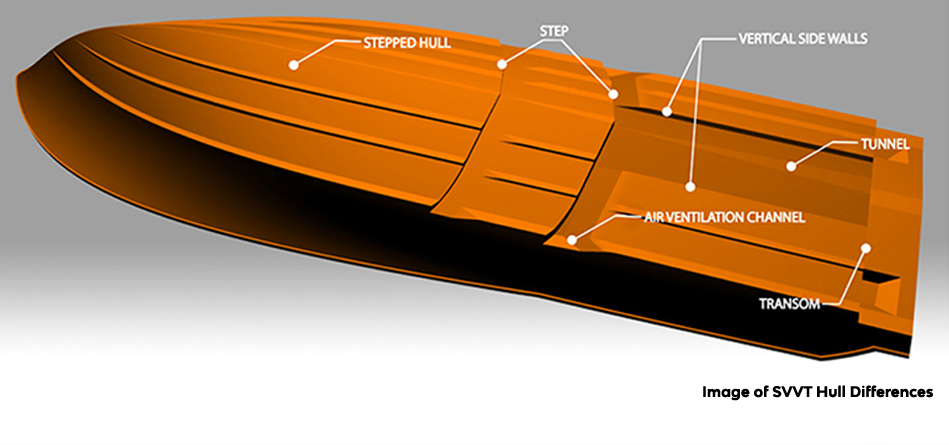
9. Account for Seasonal Factors Affecting Efficiency
Seasonal changes impact boat fuel efficiency in ways many owners don’t consider.
Cold weather decreases fuel economy. Engines take longer to reach operating temperature, and cold fuel is denser and harder to atomize efficiently. Allow proper warm-up time in cold conditions and consider engine compartment heaters in very cold climates.
Hot weather brings its own challenges. Vapor lock can occur when fuel gets too hot in the lines. Ensure your fuel system has proper ventilation and consider fuel additives designed to prevent vapor lock in extreme heat.
Proper off-season storage maintains efficiency. Stabilize fuel, change oil, and protect your engine from corrosion during winter storage. A well-preserved engine starts the season running efficiently.
Start Saving on Fuel Today
Improving your boat fuel efficiency doesn’t require expensive upgrades or complicated modifications. Most strategies outlined here cost little or nothing to implement.
Start with the basics: clean your hull, tune your engine, and find your optimal cruising speed. These three changes alone can reduce fuel consumption by 20-30%.
Then refine your approach with smart route planning, proper trim adjustment, and fuel-efficient operating habits. Track your results with a fuel flow meter or simple log book to see which strategies work best for your specific vessel.
The combination of proper maintenance, smart operation, and strategic planning will keep more money in your wallet and more time on the water. Your boat will run better, last longer, and reward you with improved performance along with better fuel economy.
Ready to optimize your boat’s performance? Contact Black Label Marine Group today for a comprehensive fuel system inspection and maintenance consultation. Our marine experts can help you identify specific opportunities to improve your vessel’s efficiency.
A dirty hull can increase fuel consumption by 15-40% depending on the severity of marine growth. Even a thin layer of algae creates significant drag. Cleaning your hull every 4-6 weeks during boating season makes a substantial difference in boat fuel efficiency.
Yes, stepped hulls typically deliver 15-25% better fuel efficiency at cruising speeds compared to traditional hull designs. Specifically, the steps create air pockets that reduce wetted surface area and drag. Furthermore, Caymas Boats incorporates this technology throughout their lineup for superior efficiency.
Proper trim adjustment can improve boat fuel efficiency by 10-20%. Running with incorrect trim forces your engine to work harder and push more water. Adjust trim tabs and engine trim to find the angle where your boat runs smoothest with minimal bow rise.
Cruise speed is far more fuel efficient than full throttle. In fact, fuel consumption increases exponentially with speed, not linearly. Therefore, running at 70-80% throttle typically provides the best balance of speed and boat fuel efficiency for most vessels.


